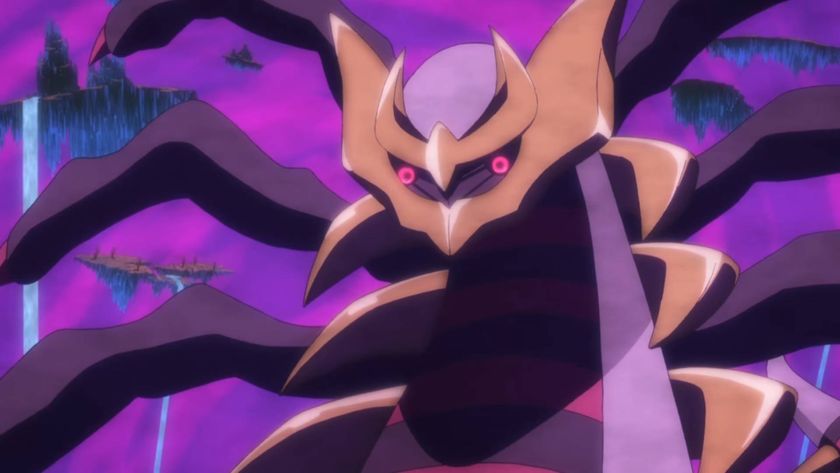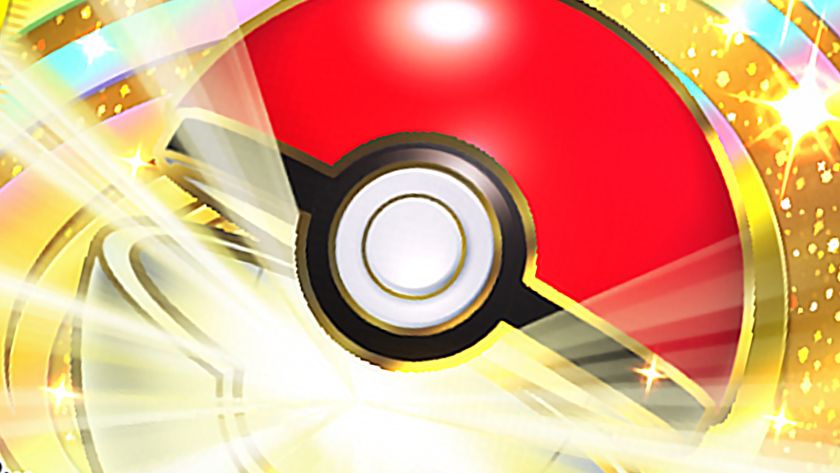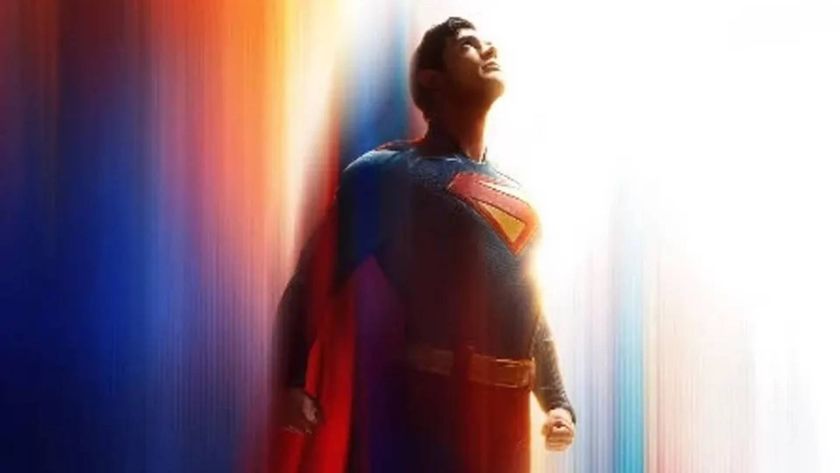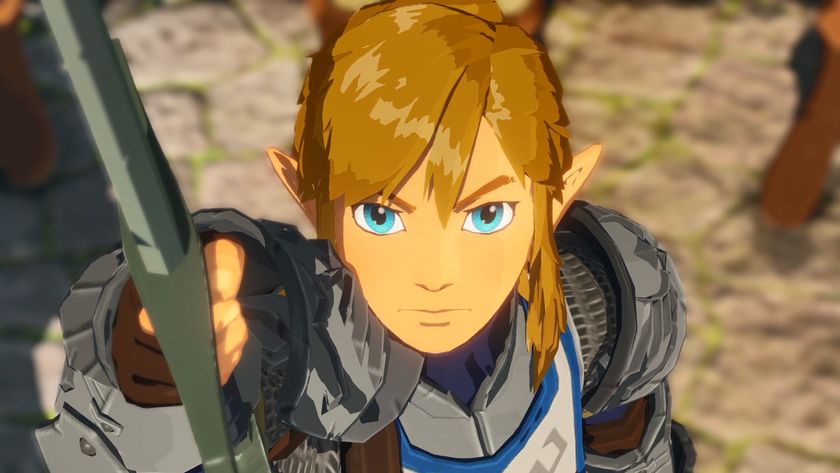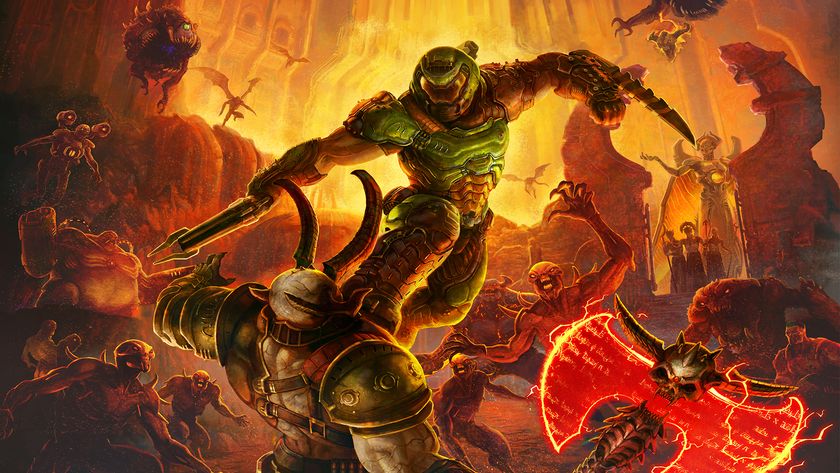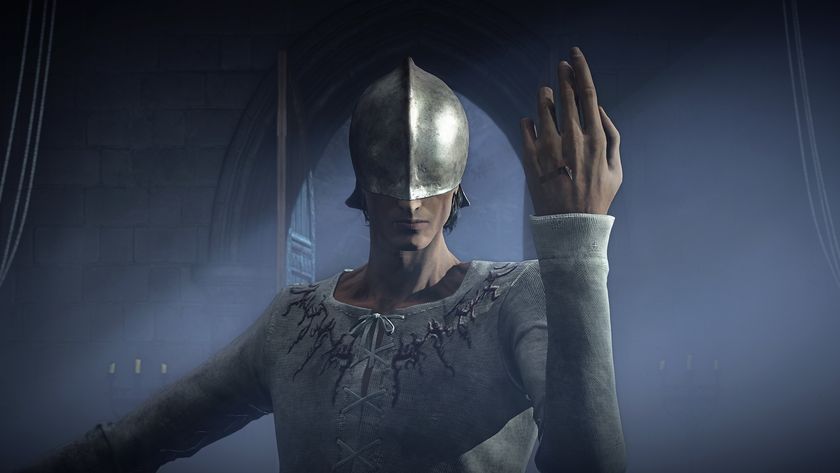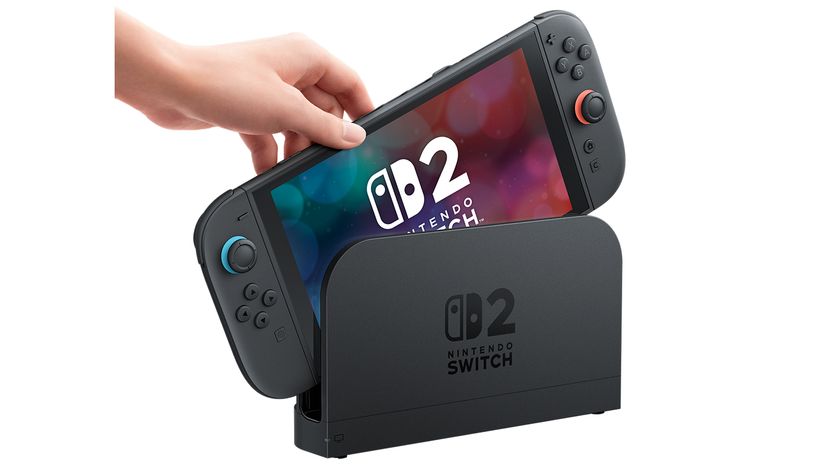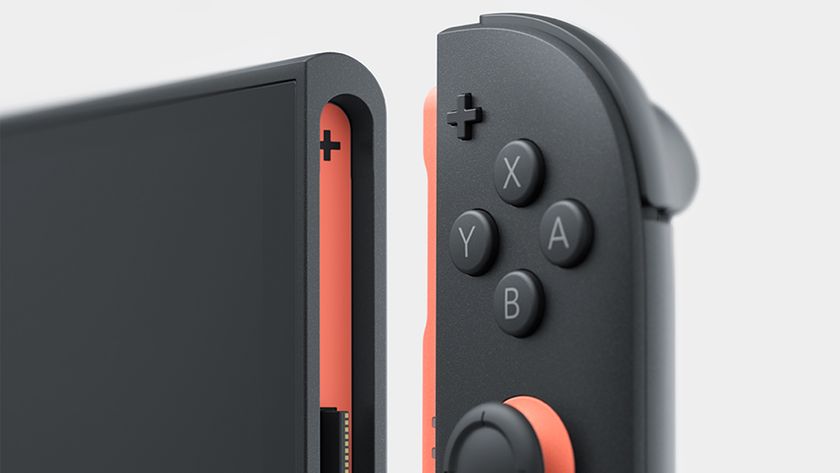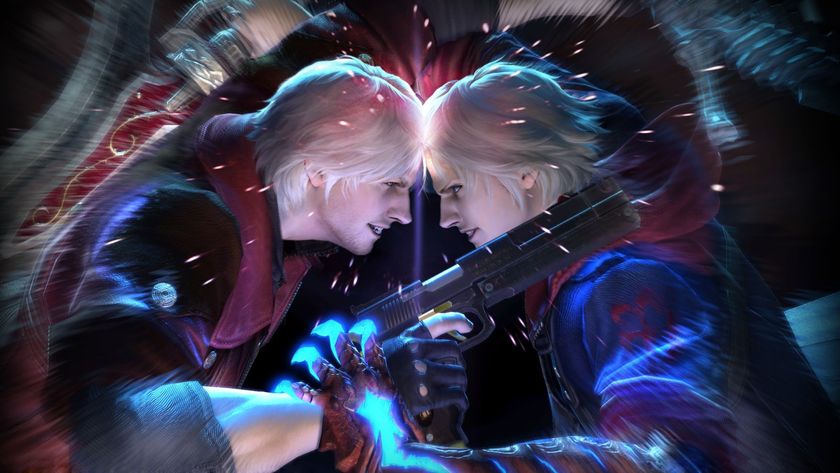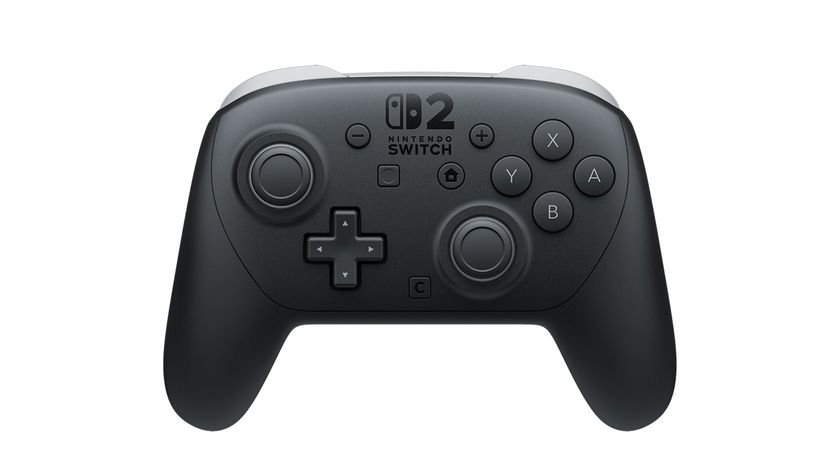
Pokemon Go is one of the most popular smartphone games ever released. Within mere hours of its debut, it amassed a following that crushed its competitors (even outranking Twitter and Clash Royale for a brief time), spawned countless memes, and inspired legions of fans. For a moment, we were all real-life Pokemon trainers, just like we had dreamed of being when we were kids.
Fast forward to today, and goodwill toward developer Niantic is evaporating faster than water off a Magcargo's shell. Players are abandoning the game, leaving 1-star reviews on the App Store and Google Play, or just flat-out demanding refunds. It's sad to see a game go from darling to pariah so fast, but the truth is, Niantic deserves the criticism.
More than broken features, overloaded servers, or frozen screens, players have expressed frustration with the one thing that Niantic has the most control over: how much it communicates with its players. Perhaps the best examples of this revolve around the tracker, where Pokemon that are near your location appear. Or at least, that's the idea.
When Pokemon Go launched, the tracker displayed all nearby Pokemon, with those furthest from players shown with three pawprints underneath them, and those closest shown with one or zero pawprints. The game neither explained this system, nor how to use it.
Some said you needed to slowly rotate and wait for a green pulse to find the Pokemon you were tracking. Some said you could force a Pokemon to appear if it was close enough and you tapped it on the tracker. Sometimes discovering a game's mechanics can be fun (the Dark Souls series does this a lot), but the point is, nobody knew for sure how things worked.
Several days later, players noticed that they were no longer seeing Pokemon at any distance other than three pawprints away. Hashtags and reports of the "three-step glitch" began to spread, with players frustrated that they could no longer effectively hunt for Pokemon. Around this time, Reddit user EpicBot reverse engineered the app and theorized that the feature was simply turned off in an effort to ease the strain on servers.
Since Niantic's own features weren't working, some took to crafting their own solutions. Enter PokeVision, one of the most popular Pokemon Go fan websites, which could show Pokemon anywhere in the world with near pinpoint accuracy, as well as timers to let players know how long they would be available.
Sign up to the 12DOVE Newsletter
Weekly digests, tales from the communities you love, and more
And then came Pokemon Go’s update 0.31, which removed the pawprint tracking system entirely. PokeVision went dark around the same time, with this statement on the site's Twitter account as scant explanation: "Hey guys. We wish we had some news for you. At this moment, we are respecting Niantic and Nintendo's wishes. Will keep you guys posted."
Now, here's where I play school teacher and ask you, what's one thing that all of these situations have in common? The answer is zero communication from Niantic. When the tracker was working, Niantic didn't explain how to use it. When it was displaying only three pawprints, Niantic didn't say if it was a glitch or a purposeful decision on its end. Now, pawprints have been removed and PokeVision has been taken offline - apparently at Nintendo and Niantic's behest - but the studio has not said why.
Let me be frank: Niantic, this is unacceptable.
The world of console games and the world of mobile games are different, but it's hard to imagine an audience of any game stomaching this lack of communication, especially during a time when features are not working as intended. Imagine your map no longer working in the The Witcher 3. If CD Projekt RED failed to address or acknowledge it, things would go from frustrating to infuriating pretty quickly.
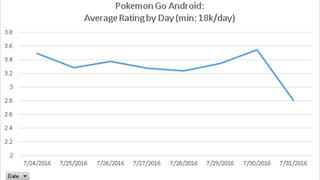
Similarly, you're free to criticize Bungie all you want for the numerous times it's had to delay or cancel Iron Banner, but at least the company says something to the effect of "we're looking into it." Head over to the Niantic Twitter account and you'll see the latest tweet is from over a week ago, talking about a San Diego Comic-Con panel.
Most of the tweets are celebrating Pokemon Go launching in various countries, retweets of memes inspired by the game, or messages to celebrities. None of the tweets address downtime, updates, or bugs. Lest you think this is limited to Niantic's Twitter, the developer's official blog has not been updated since July 6, when the game launched in Australia, New Zealand, and the US.
Now, Niantic is not a AAA developer. It’s entirely plausible the silence stems not from animosity, but because a relatively small team is working hard to keep servers up and roll the game out to remaining regions. I, and I believe most Pokemon Go players, am sympathetic to that. Nobody could or should reasonably expect these problems to be fixed within a day.
But right now, we don't even know if features like the tracker are being fixed, and if they are, when we could expect them. We need someone to talk to. A community manager, a head of public relations. Anyone. Even if such positions are in the process of being filled, silence in the interim is not the answer.
People were given a taste of their childhood dreams of really tracking Pokemon around the world, and were excited. Now the tools we used to follow that dream are being taken away, those who tried to help us are being told not to do so, and the people in charge won't say why any of this is happening. If nothing else, that's a serious image problem that makes Niantic appear either uncaring or incompetent. Neither is a good look.
We put up with server crashes and freezing screens, battery drainage and malfunctioning gym battles because the core fantasy was so fun. We complained and groaned, but had faith that things would get better soon. Nearly a month with borderline zero acknowledgment from Niantic later, and I don't know about you, but my patience has run out.
Before you fix your pawprints, Niantic, fix your lack of communication.
Seen something newsworthy? Tell us!
Sam is a former News Editor here at GamesRadar. His expert words have appeared on many of the web's well-known gaming sites, including Joystiq, Penny Arcade, Destructoid, and G4 Media, among others. Sam has a serious soft spot for MOBAs, MMOs, and emo music. Forever a farm boy, forever a '90s kid.

